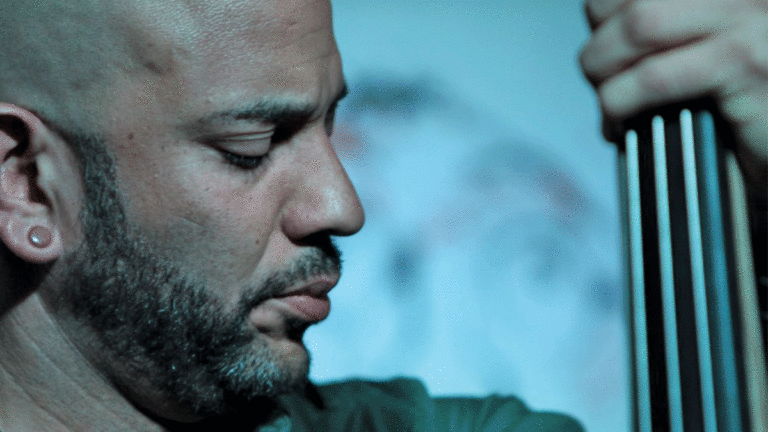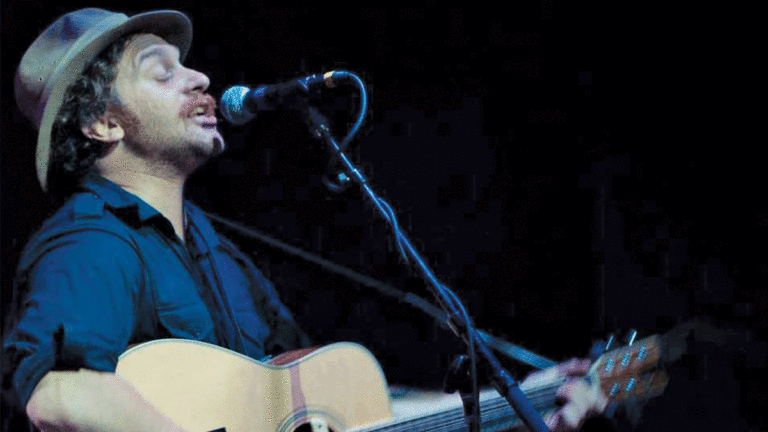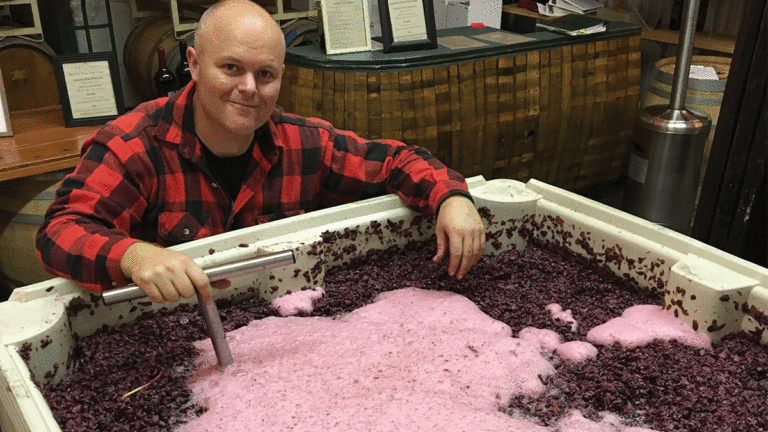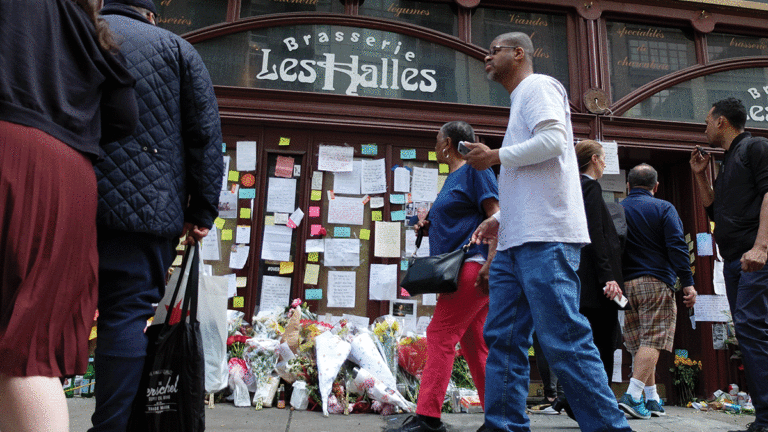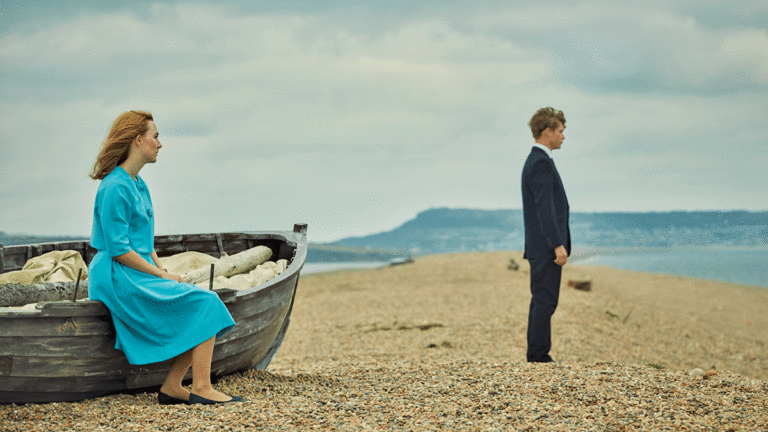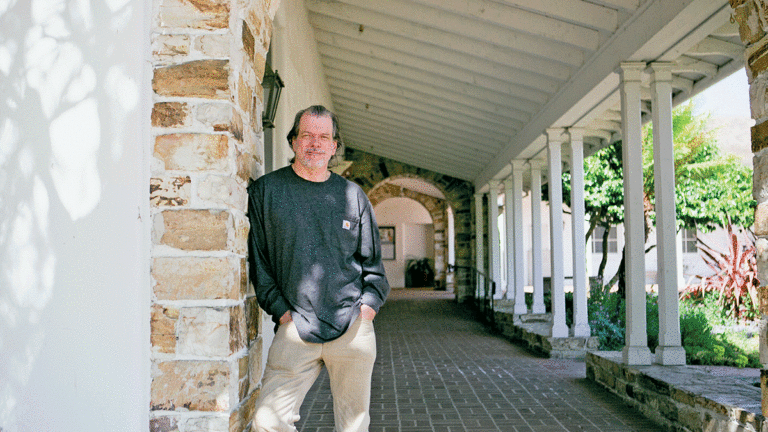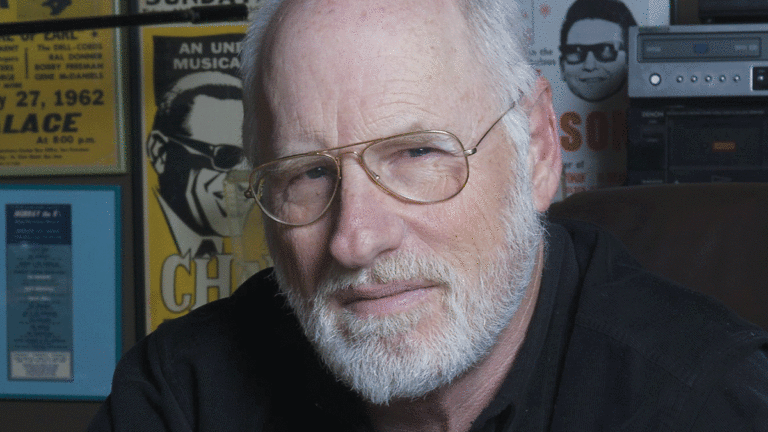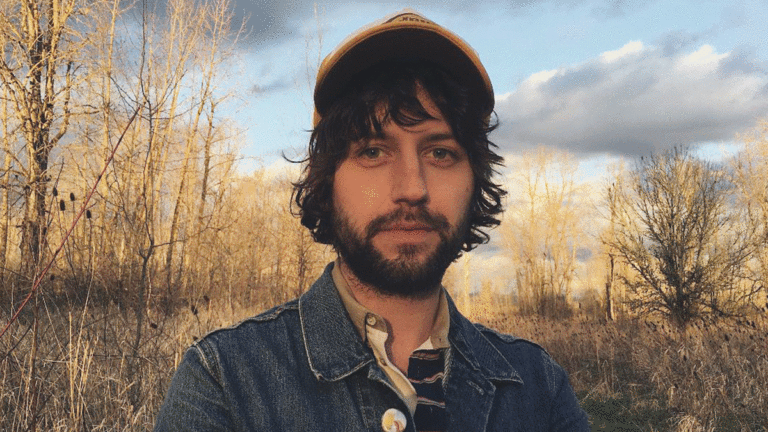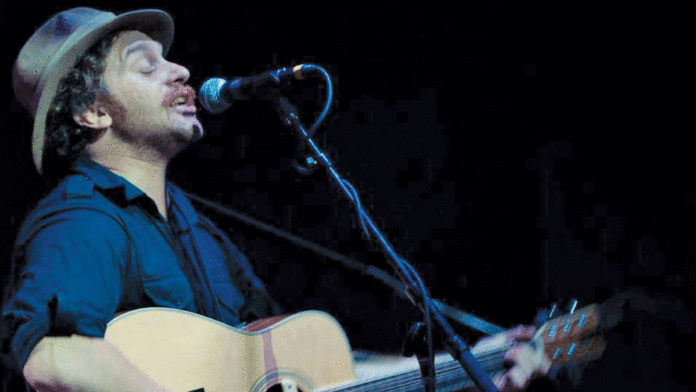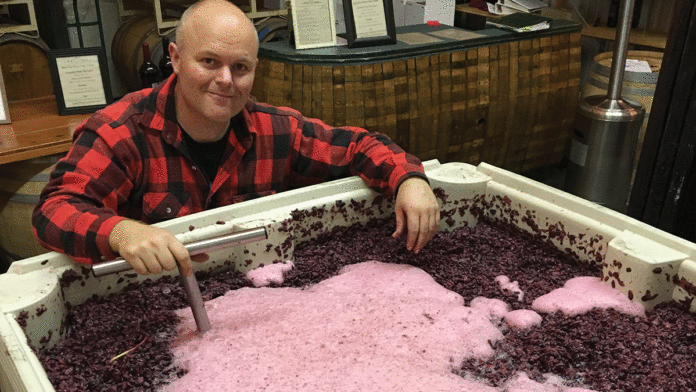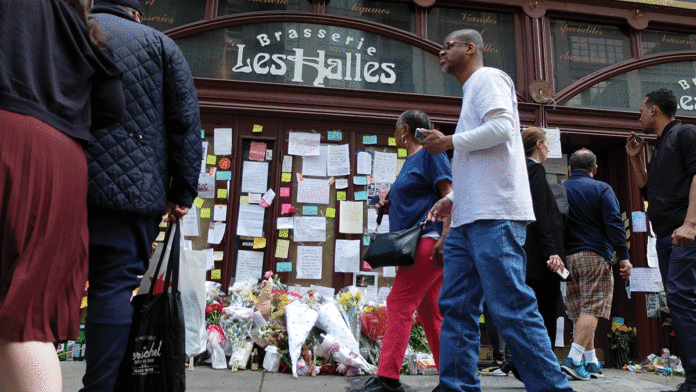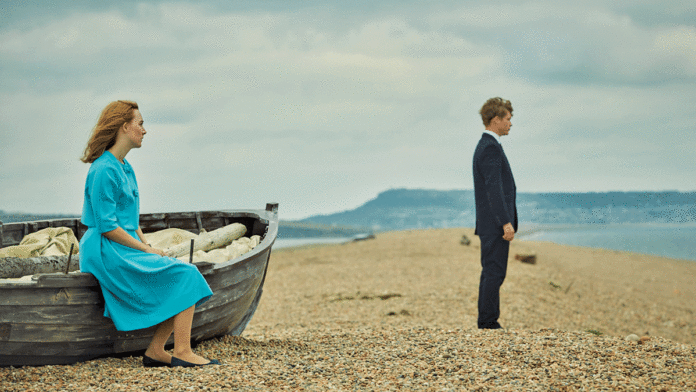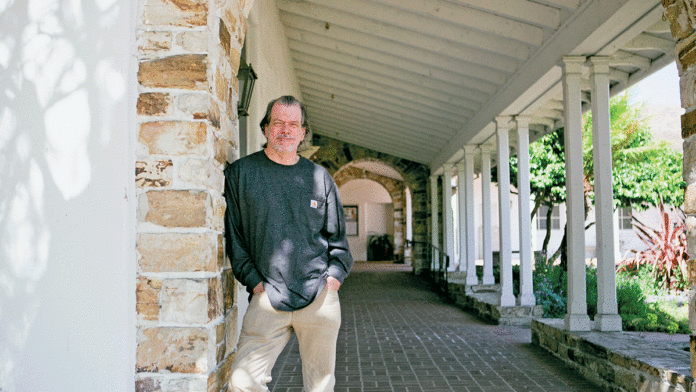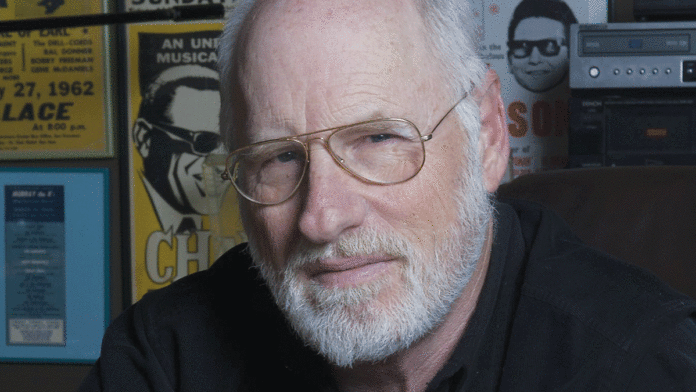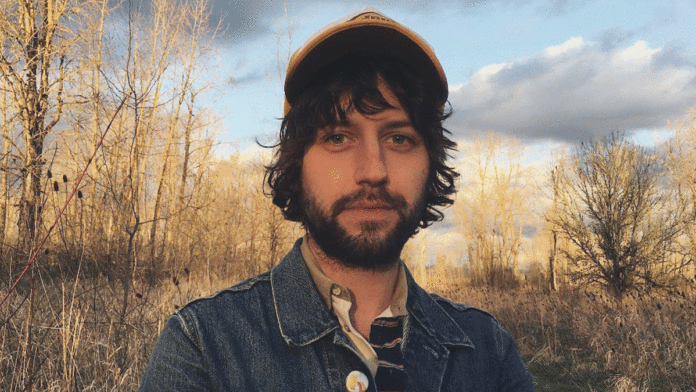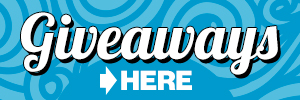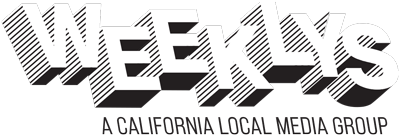Live music highlights for the week of June 13, 2018.
WEDNESDAY 6/13
ALT-COUNTRY
MARGO CILKER
Margo Cilker makes “cowgirl music from San Francisco.” What’s the distinction here? Maybe it’s the fact that she opens her newest EP, California Dogwood, with a line about a “lonely painter” renting a “cold room” on the coast. Otherwise, this is stark southern acoustic-style music that you’d expect attached to the word country (or at least “real” country as some roots enthusiasts have come to refer to it as). Cilker brings an intense, deeply sad emotionality to her music that brings to mind some of the darker Lucinda Williams material. AC
INFO: 8 p.m. Crepe Place, 1134 Soquel Ave., Santa Cruz. $10 ($7 with cowboy boots). 429-6994.
THURSDAY 6/14
FOLK
PAT HULL
Melodic, light and dreamy, Pat Hull’s music has everything in it to put a smile on your face. Based out of Chico, Hull writes songs that are reminiscent of Neil Young, Bonnie Prince Billy and M. Ward. He is currently touring on his upcoming album, Denmark Sessions, named after the studio in Portland where it was recorded, which drops on June 28. Hull will be joined on stage with the alt-country sounds of Dan Too and the return of Santa Cruz string band, MAJK. MAT WEIR
INFO: 7:30 p.m. Flynn’s Cabaret, 6275 Hwy. 9, Felton. $15. 335-2800.
FRIDAY 6/15
SOUL
ROYAL JELLY JIVE
On a mission to “spread the jelly,” San Francisco soul outfit Royal Jelly Jive calls to mind the jazz clubs of old, with dimmed lights, smoke-filled air, and swinging music deep into the early hours. Blending funk, soul, horns and infectious grooves, the band, led by frontwoman Lauren Bjelde, throws it back to the old school in all the right ways. Over four years, two albums, and countless live shows, Royal Jelly Jive has established itself as a Bay Area favorite. CJ
INFO: 9 p.m. Moe’s Alley, 1535 Commercial Way, Santa Cruz. $10/adv, $15/door. 479-1854.
FRIDAY 6/15
FOLK
KINGSTON TRIO
In the late ’50s and early ’60s, folk revival group the Kingston Trio was a huge pop hitmaker. The group played two acoustic guitars, a banjo, insanely catchy hooks and a near-constant wall of vocal harmonies to not only climb the charts, but to help kick off the folk revival that came to epitomize the ’60s counter-culture. The trio themselves, with their matching striped shirts and harmless storytelling lyrics weren’t exactly counter-culture icons, though without blazing a trail to the charts, groups like Peter Paul and Mary and Dylan may not have reached the number of ears that they did. AC
INFO: 9 p.m. Rio Theatre, 1205 Soquel Ave., Santa Cruz. $30. 423-8209.
FRIDAY 6/15
AMERICANA
ERIC MORRISON
Hailing from Santa Cruz, Eric Morrison & the Mysteries play a hybrid of West Coast soul, rock, Americana and jam. The band’s debut album, No Wolves, is described as a “10-track gem” led by the hit singles “Bad Girl” and “Big Stacks of Money.” This Friday, Morrison and company are joined by rock/fusion outfit Magic In The Other, comprising Ezra Lipp (Phil Lesh & Friends, Sean Hayes) Steve Adams (ALO, Nicki Bluhm & The Gramblers) and Roger Riedlbauer (Jolie Holland, Mercury Falls). CJ
INFO: 8 p.m. Michael’s on Main, 2591 Main St., Soquel. $10. 479-9777.
SATURDAY 6/16
ROCK
BUCKETHEAD
Bust out the fried chicken and get ready for a mind melting experience of the musical kind, because Buckethead returns to the Catalyst. The anonymous guitar noodler has more than 291 albums and has worked with a plethora of musicians from Les Claypool to Axl Rose. Whether with a band or just backed by a track, the virtuoso shreds through a wide range of musical tastes influenced by funk blues, electronic and even Michael Jackson. MW
INFO: 9 p.m. Catalyst, 1011 Pacific Ave., Santa Cruz. $25/adv, $30/door. 429-4135.
SATURDAY 6/16
REGGAE
MIGHTY DIAMONDS
Jamaica is kind of amazing in how many talented singers the country has produced. This is especially true of the late ’60s and ’70s as reggae took hold of the tiny island. We’ve lost a lot of legends over the years, so we are quite fortunate when some old school powerhouse vocalists roll through town. On Saturday, that group is the Mighty Diamonds, a vocal trio that formed in 1969. Not only that, but the group is still touring with all of its original members. They were known for several hits, including “Pass The Kouchie” which was covered (and sanitized) by Musical Youth in the ’80s as “Pass the Dutchie.” AC
INFO: 9 p.m. Moe’s Alley, 1535 Commercial Way, Santa Cruz. $25/adv, $30/door. 479-1854.
MONDAY 6/18
JAZZ
THUMBSCREW
The band’s name might conjure a fearsome image, but Thumbscrew makes inviting music full of wonder and discovery. A super-trio of improvisational masters, the collective ensemble features award-winning guitarist Mary Halvorson and drummer Tomas Fujiwara, who can often be found working together in an array of arresting settings, and Pacifica-raised bassist Michael Formanek, a creative catalyst on jazz’s adventurous frontiers for more than three decades. With two new CDs on Cuneiform focusing on originals, Ours, and music from outside the trio, Theirs, Thumbscrew can turn just about any piece into a revelatory excursion. ANDREW GILBERT
INFO: 7 p.m. Kuumbwa Jazz, 320-2 Cedar St., Santa Cruz. $26.25 adv/ $31.50 door. 427-2227.
TUESDAY 6/19
PSYCH-ROCK
STEVE KIMOCK
Guitarist and songwriter Steve Kimock is a legend of the Bay Area psych-rock scene. Hailing from Pennsylvania, Kimock headed west in the mid-1970s to join the Goodman Brothers, a folk-rock group in San Francisco. From there, he was woven into the area’s inimitable music history, collaborating with members of Quicksilver Messenger Service, the Grateful Dead and more. Kimock remains a boundary-pushing musician fusing Eastern sounds with American roots music and psychedelia. As Frets magazine writes, “Kimock’s acoustic aesthetic comes entirely from another place.” CJ
INFO: 9 p.m. Catalyst, 1011 Pacific Ave., Santa Cruz. $25/adv, $30/door. 423-1338.
IN THE QUEUE
T.V. MIKE & THE SCARECROWS
Cosmic twang stomp. Wednesday at Flynn’s Cabaret
BLUE WATER HIGHWAY
Roots band from the Texas Gulf Coast. Thursday at Crepe Place
LOW SPARK OF HIGH HEELED BOYS
Tribute to Traffic and Steve Winwood. Thursday at Michael’s on Main
STARS BAND
Canadian indie pop/rock outfit. Sunday at Catalyst
BOOSTIVE
Santa Cruz-based hip-hop/electronica. Tuesday at Moe’s Alley



